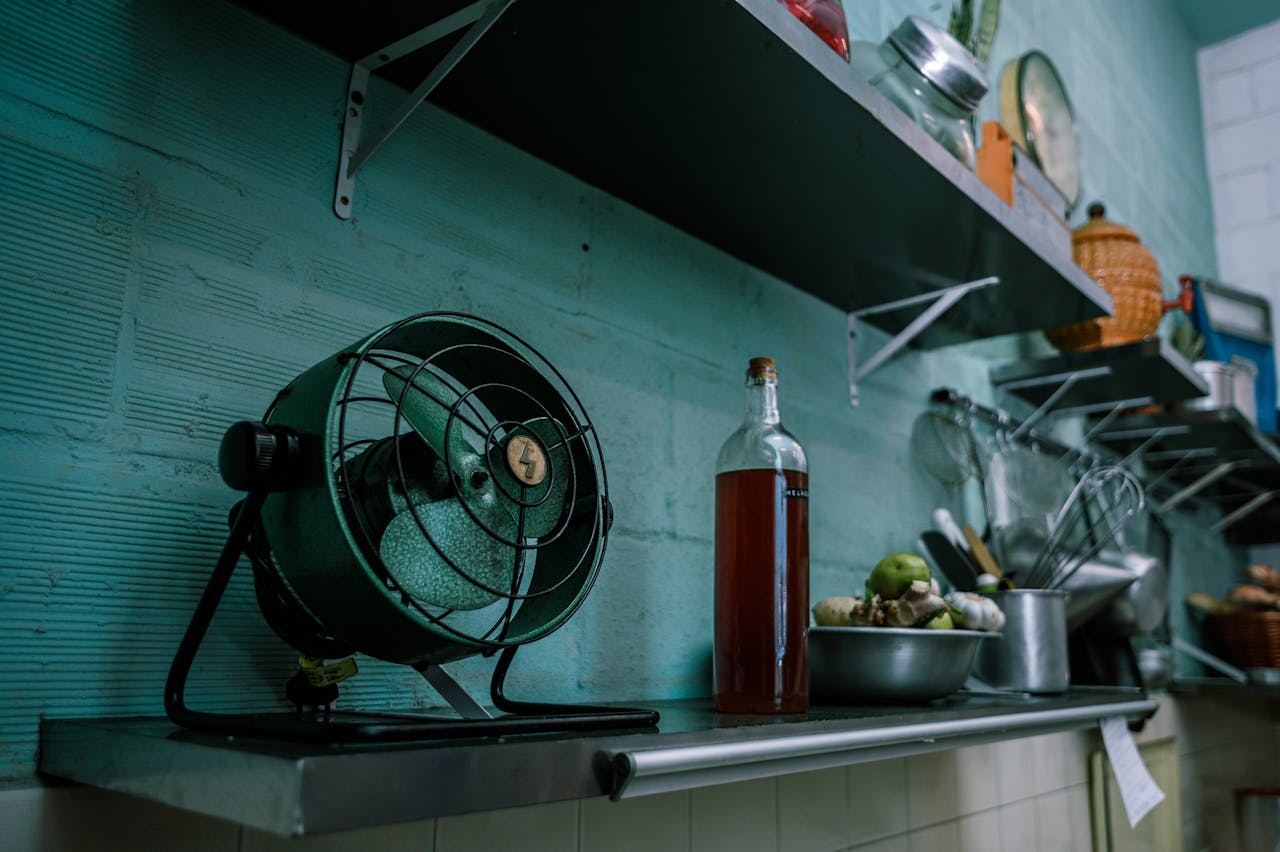How to Store Basil for a Week
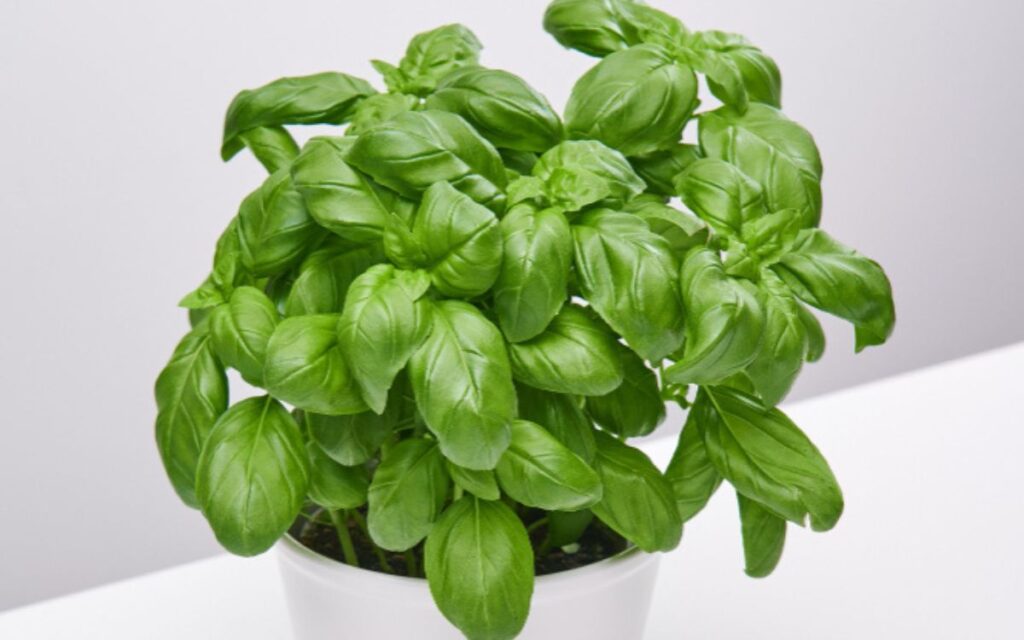
Fresh basil adds vibrant flavor to any dish, but it wilts and loses its aroma quickly if not stored correctly. Using the right methods, you can keep it bright, fragrant, and full of flavor for up to a week. Whether you place stems in water like a bouquet on the counter or wrap washed leaves for the fridge, these simple tips help you enjoy every leaf while cutting down on waste and making the most of each basil bunch
Room Temperature Jar Method
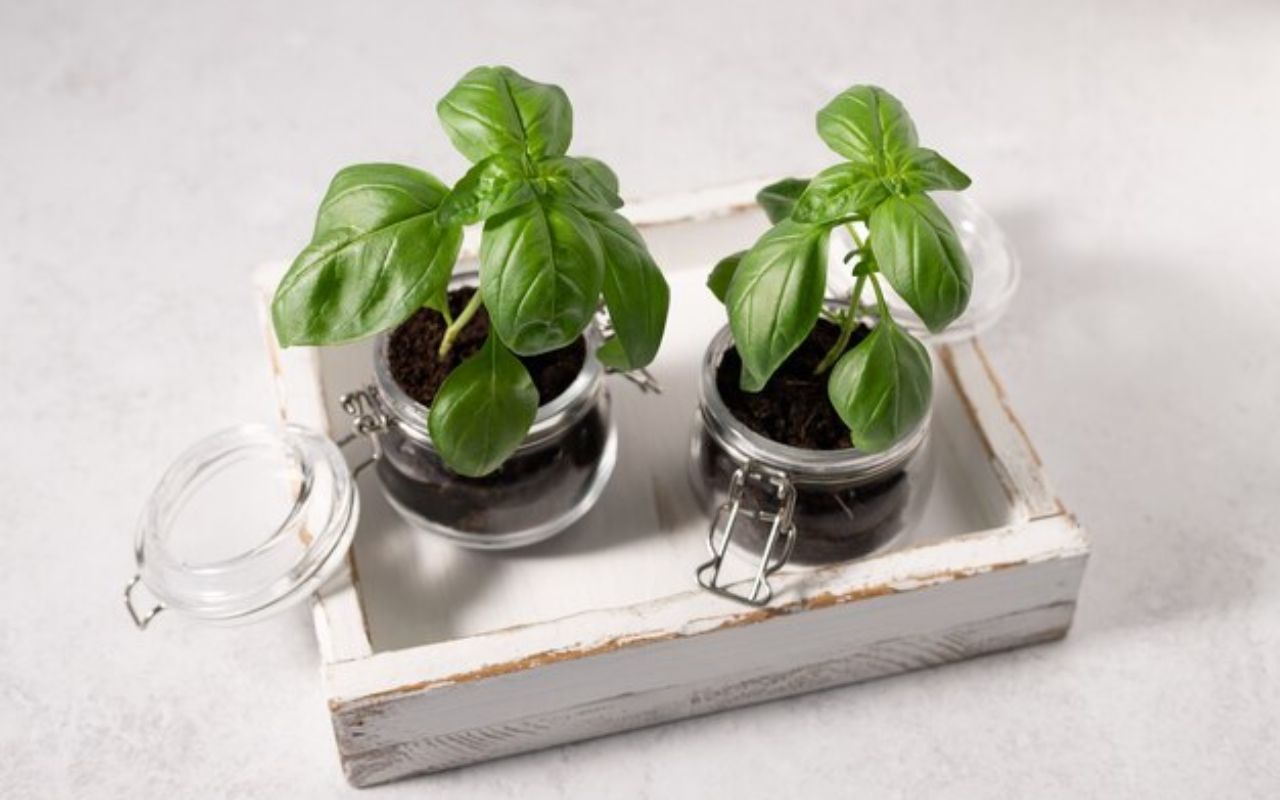
Keep basil fresh by treating it like fresh-cut flowers. Trim a little from the stem ends and place them in a jar with 1–2 inches of clean water. Loosely tent with a plastic bag if desired, and keep out of direct sunlight on the counter. Refresh the water and retrim stems every few days to keep the basil looking lively, smelling fragrant, and tasting just-picked for up to a week.
Fridge-Ready Basil Leaves
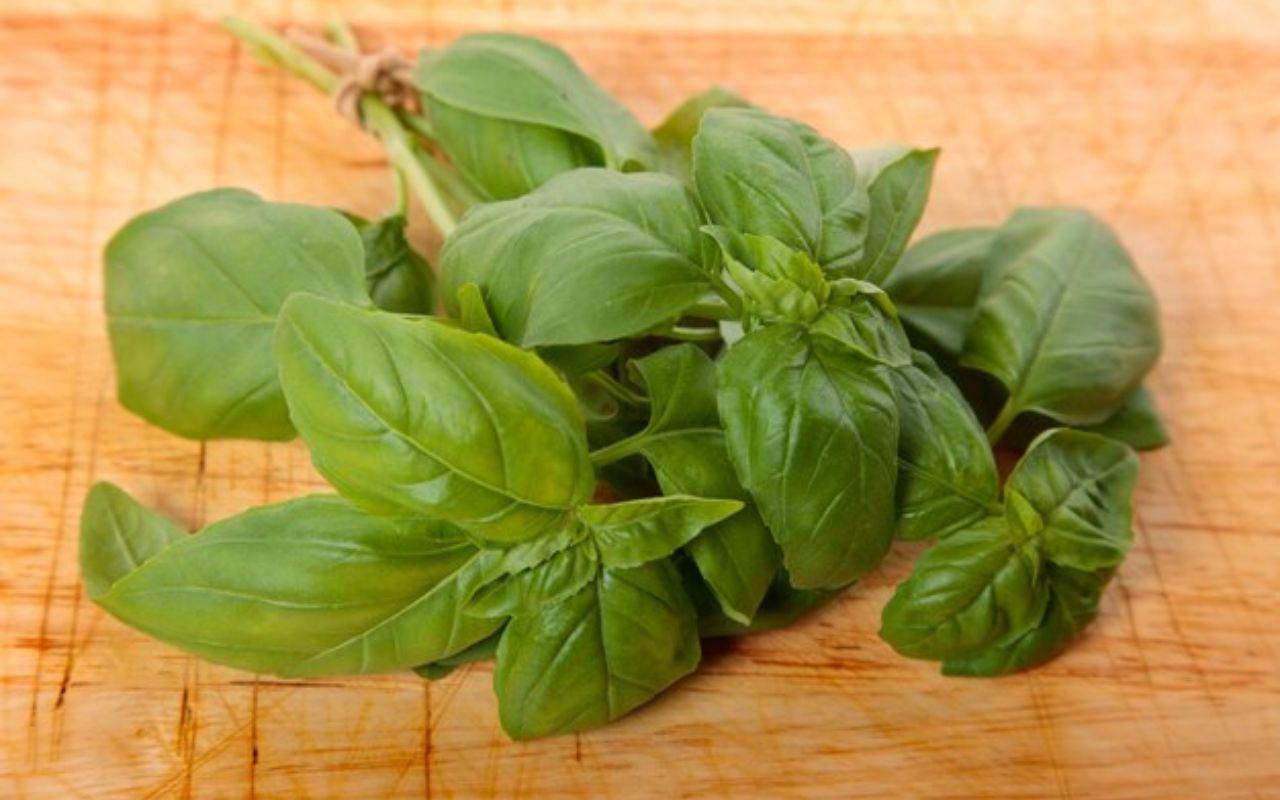
When storing just basil leaves, rinse gently and dry completely. Spread them on a paper towel, roll to absorb lingering moisture, then place the roll inside a partially closed bag or airtight container and refrigerate. Swap the paper towel every few days to reduce sliminess, and plan to use within about a week; note that basil is prone to chilling injury in the cold, so quality may decline faster than sturdier herbs.
Avoid Long Refrigeration
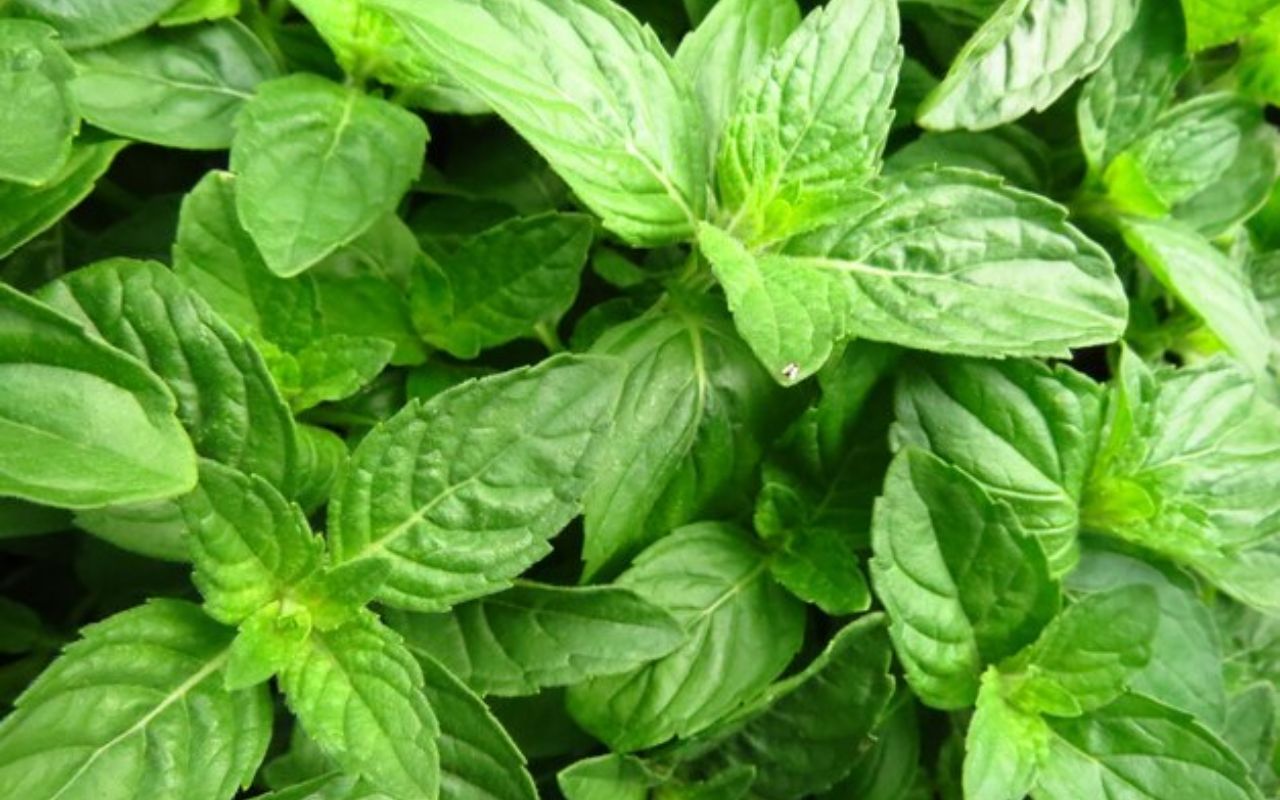
Basil doesn’t handle the cold well. Extended time in the fridge can cause browning, blackening, or limp leaves due to chilling injury. If refrigerating, use well-dried leaves in the paper towel method and aim to use them within a week. For whole stems, room-temperature storage in water is usually the better choice to protect basil’s color, aroma, and sweet flavor until it’s time to use.
Check for Spoilage

No matter how it’s stored, basil needs regular checking. Remove leaves with sliminess, dark spots, mold, or off smells right away, since keeping spoiled leaves with good ones speeds decay. A quick inspection every couple of days helps the rest stay fresher longer and preserves that bright, garden-fresh taste through the week.
Freeze for Long-Term Use
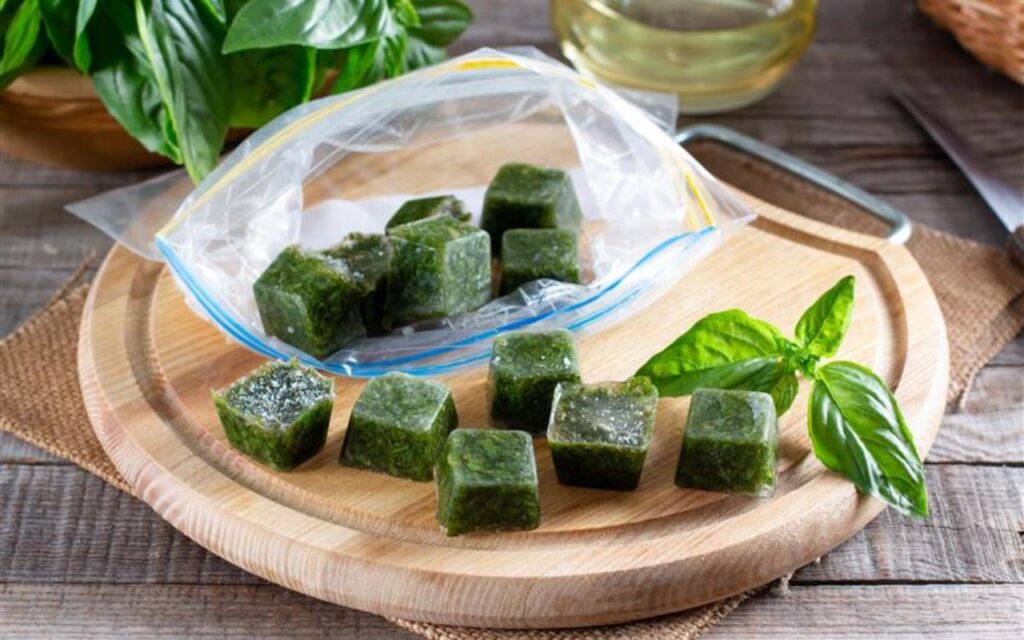
If there’s more basil than can be used in a week, freezing is a smart option. Briefly blanch the leaves to inactivate enzymes and help preserve vibrant color and flavor, then freeze in small, ready-to-use portions. Frozen basil is ideal for soups, stews, sauces, and pesto, delivering fresh flavor months later while reducing waste.





